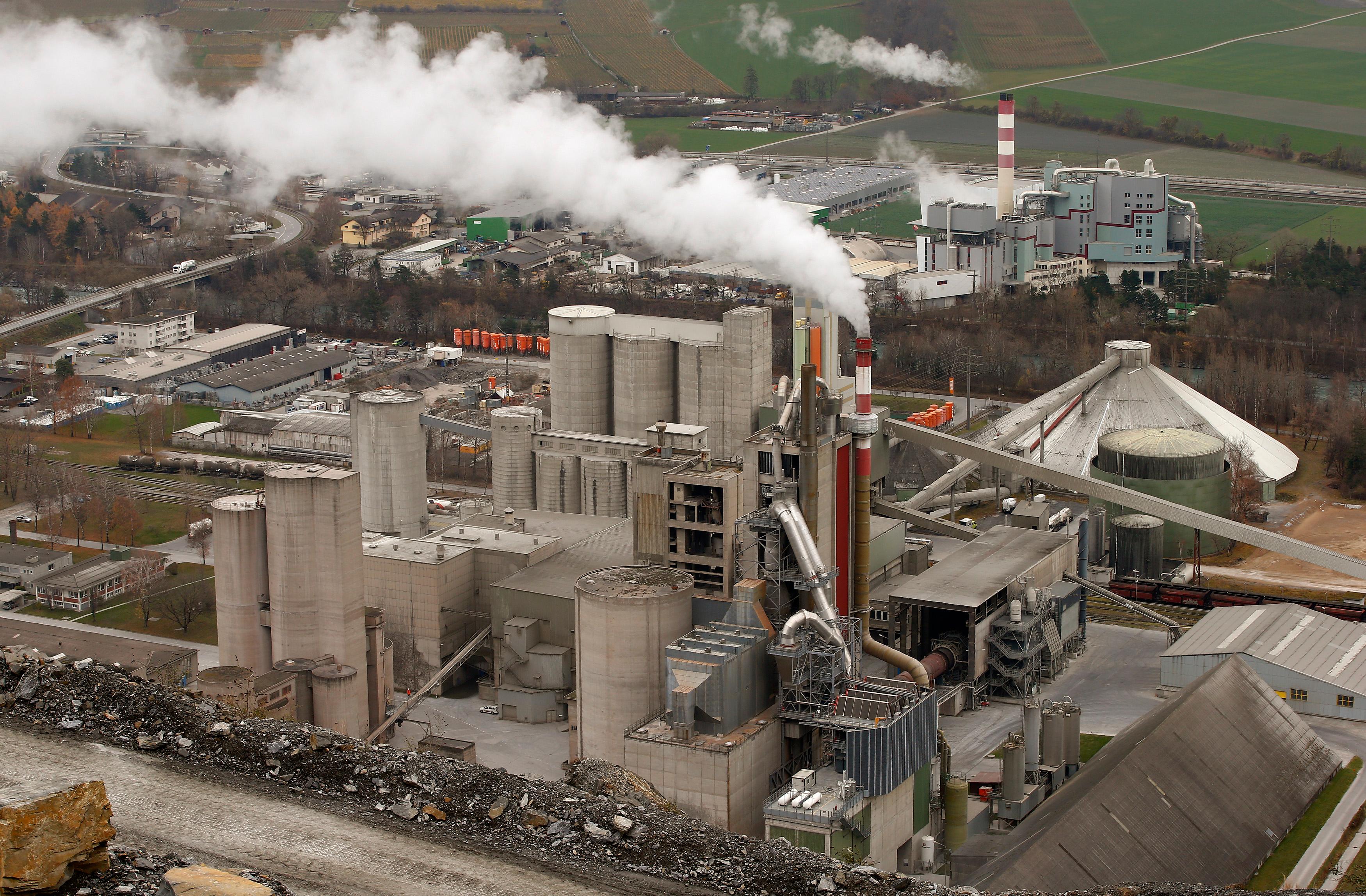An index of eight core industries, which captures production in basic industries, declined for the first time in one-and-a-half years sending poor signals of any recovery in the manufacturing sector of the economy.
The index slipped into the negative territory (-) 0.1 per cent in March over the year-ago period after growing 1.4 per cent in February, official government data shows.
The cumulative growth during fiscal year ended March also eased to 3.5 per cent compared with 4.2 per cent in the previous fiscal.
The eight core industries is a lead indicator for industrial production comprising nearly 38 per cent of the weight of items included in the Index of Industrial Production (IIP). The IIP data for February provided evidence that while industrial growth is picking, growth in core industries, which supply crucial inputs to other sectors, remains to be on the downside.
Now with core industrial output slipping into the negative zone, it is to be seen how in-sync is the overall industrial output data.
The government would release IIP figures for March on May 12.
Sectoral composition
The survey shows that four of the eight core industries contracted last month. Of the eight sectors—coal, natural gas, petroleum refinery, fertilisers, steel, cement, electricity and crude oil—cement contracted the most (4.2 per cent) to its lowest level in 52 months or over four years.
Electricity generation, which has the highest weight of 10.32 per cent, increased by 1.7 per cent and registered a cumulative growth of 8 per cent for the last fiscal as a whole. Steel industry, which has the second highest weight, contracted by 4.4 per cent for the month.
Latest figures of the core industries present a growing divergence between industrial output data and the GDP.
RBI's technical advisory committee in its meeting early this month had noted: "Unlike the new GDP, IIP data seem to be in sync with other key indicators such as credit growth and auto sales.”
“The stagnation in core sector output and contraction in merchandise trade are expected to outweigh the mild up-tick in automobile production in March 2015, leading us to expect a moderation in industrial growth from the three-month high 5 per cent in February 2015," said Aditi Nayar, senior economist at rating agency ICRA Ltd.
"While capital goods output witnessed a ~10 per cent expansion in January-February 2015, boosted by the sharp rise in output of a few sub-components, we remain unconvinced regarding the sustainability of the same, as a broad-based revival in investment activity is yet to take root," she added.
On the other hand a report released a fortnight ago by private research firm Zyfin indicated that the business cycle is healing faster and the IIP is set to expand further for the next two months. The Zyfin business cycle indicator which is a gauge of industrial activity increased 10.6 per cent over the same period last year.





